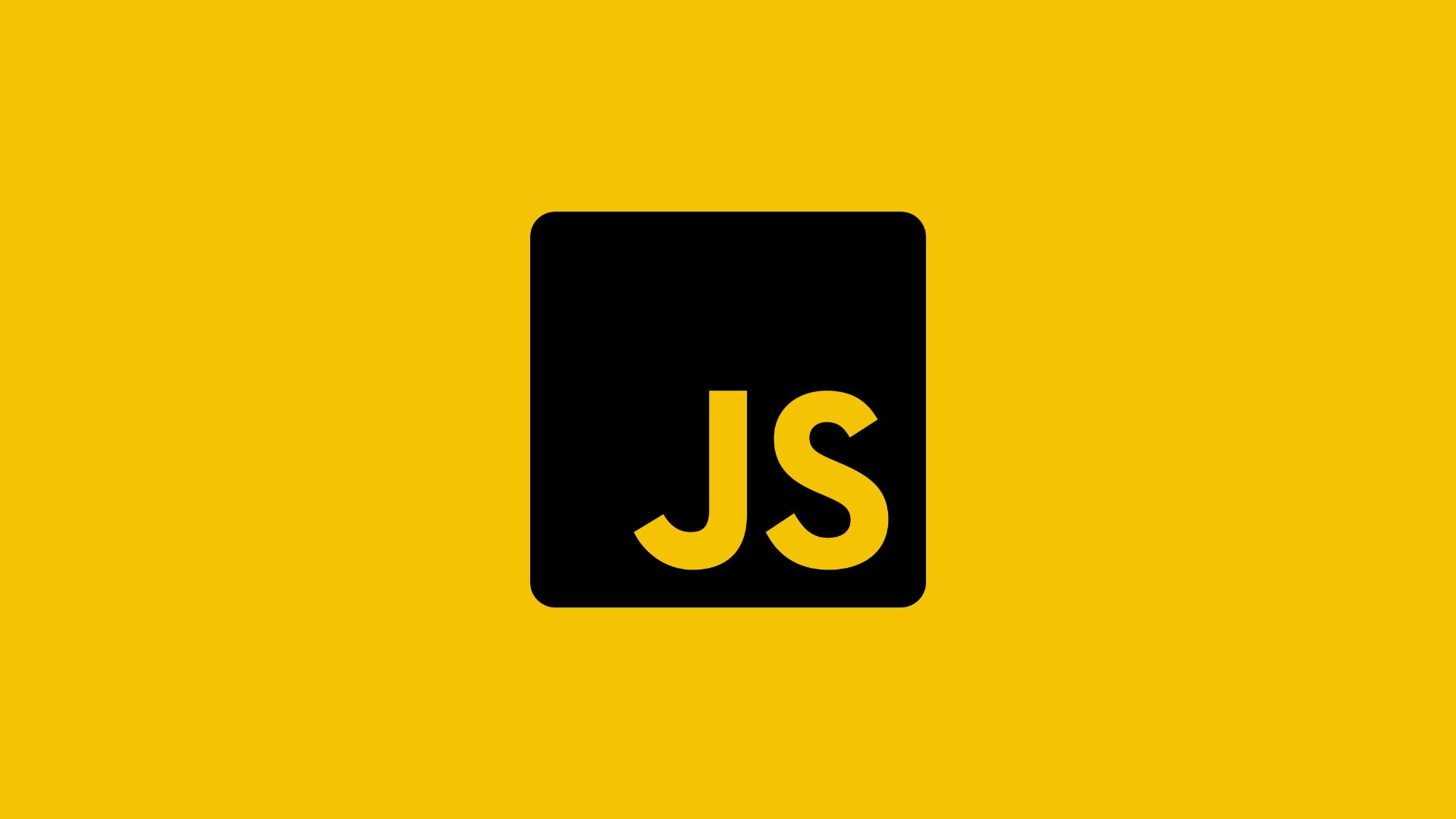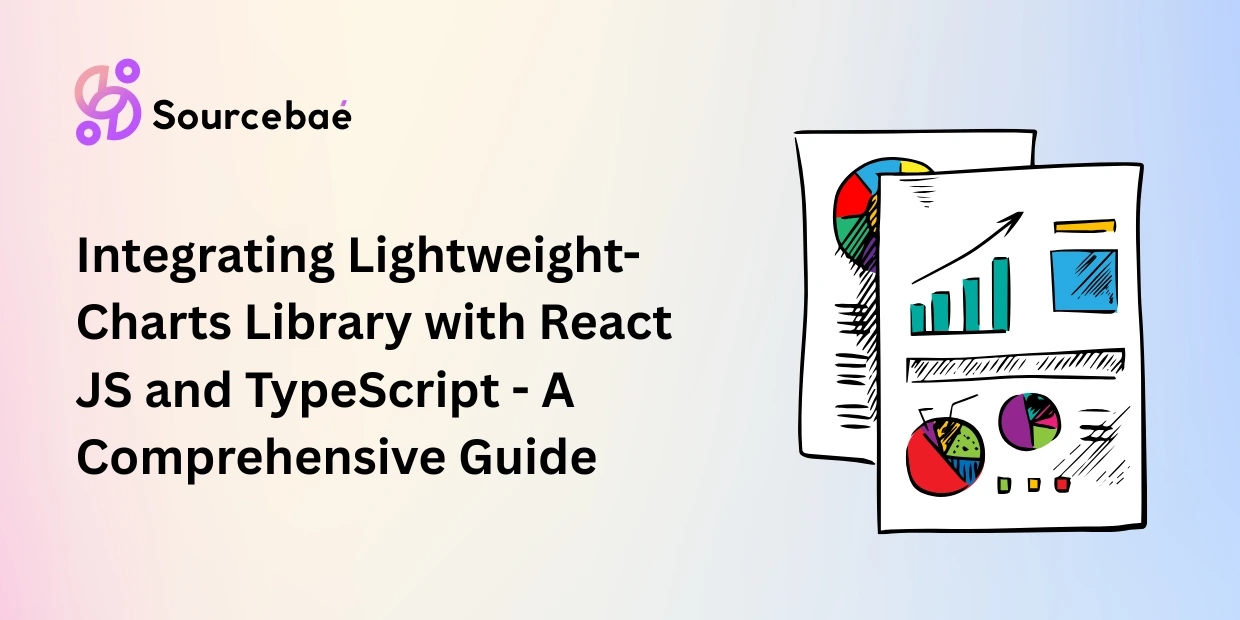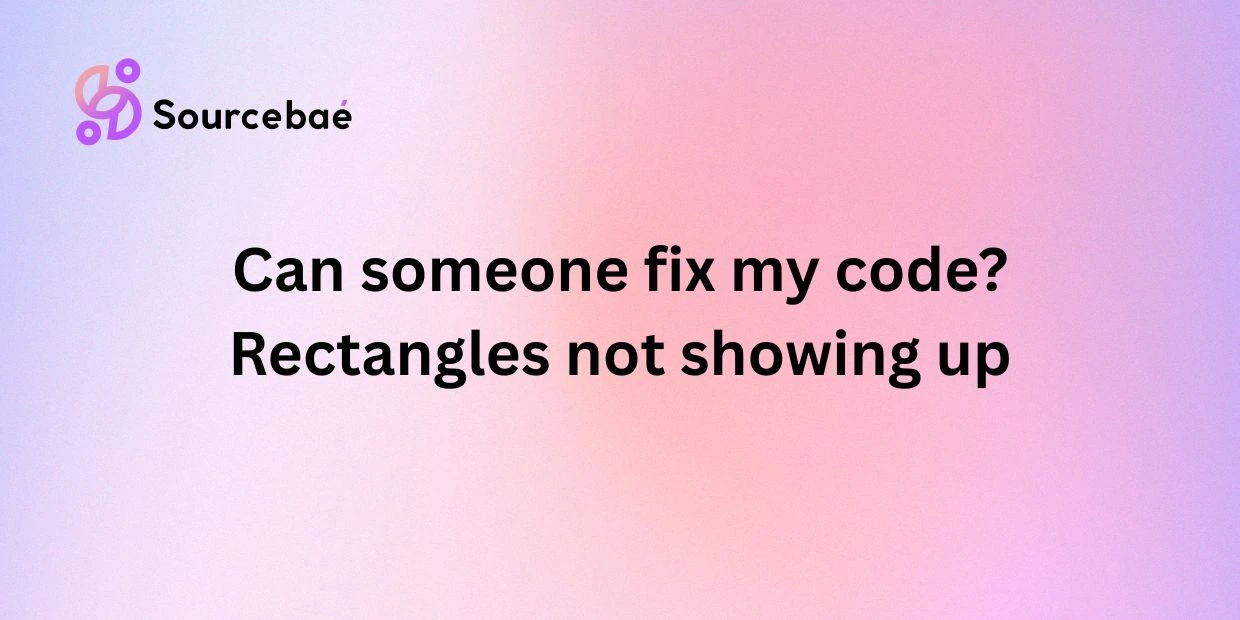Mastering JavaScript Interviews: Unveiling the Power of the “forEach” Method
Unlocking the potential of JavaScript in interviews requires an in-depth understanding of its core methods and functionalities. Among these, the “forEach” method stands out as a versatile tool for iterating through arrays. However, a common question that often arises is, “Can you stop the ‘forEach’ loop midway?” In this comprehensive guide, we’ll delve into this intriguing query, shedding light on the nuances of the “forEach” method, exploring ways to halt its execution, and providing expert insights on mastering JavaScript interviews.
JavaScript, renowned for its dynamic capabilities, offers a plethora of methods to handle arrays. One of the most widely used array methods is “forEach,” which executes a provided function once for each element in the array. However, the question remains: Can you halt the execution of the “forEach” loop? Let’s unveil the answer while also discovering strategies to optimize your code and showcase your JavaScript prowess in interviews.
Using the “forEach” Method for Array Iteration:
The “forEach” method is a valuable asset for array manipulation, allowing you to perform an operation on each element without the need for traditional “for” or “while” loops. To use it, simply provide a callback function as an argument, and this function will be executed for each element of the array. This concise syntax not only enhances code readability but also showcases your grasp of modern JavaScript techniques.
const numbers = [1, 2, 3, 4, 5];
numbers.forEach((number) => {
console.log(number);
});
Strategies to Halt the “forEach” Loop:
By design, the “forEach” loop iterates through the entire array, leaving developers wondering if it can be stopped midway. Unfortunately, the answer is no. The “forEach” method lacks a built-in mechanism for breaking out of the loop prematurely. This can be seen as both a strength and a limitation, as it guarantees the completion of operations on all array elements but might not be suitable for scenarios requiring conditional interruptions.
Optimizing Your Code:
While the “forEach” loop cannot be directly halted, there are alternative approaches to achieve similar outcomes with added control. One such method is leveraging the “for…of” loop, which enables early termination based on conditions. By incorporating this approach, you can efficiently navigate through the array while maintaining the flexibility to exit the loop when required.
for (const number of numbers) {
if (number === 3) {
break; // Exit the loop when the condition is met
}
console.log(number);
}
Enhancing Your Interview Performance:
During JavaScript interviews, discussing the “forEach” method showcases your expertise, but acknowledging its limitations and demonstrating adaptability elevates your standing. When posed with the question of halting the “forEach” loop, confidently explain its innate behavior and suggest alternative strategies like the “for…of” loop for specific scenarios. This not only displays your grasp of the language but also your problem-solving skills.
FAQs:
Q: Is there a way to stop the “forEach” loop before it completes its iteration?
A: No, the “forEach” method in JavaScript does not offer a built-in mechanism to stop the loop midway. It guarantees that the provided callback function is executed for every element in the array.
Q: What alternatives can I use to achieve early loop termination?
A: The “for…of” loop is a viable alternative that provides control over when the loop should be exited. You can incorporate conditional statements within the loop to achieve desired interruption points.
Q: How does using the “for…of” loop differ from “forEach” in terms of halting?
A: Unlike “forEach,” the “for…of” loop allows you to implement conditional breaks, enabling you to exit the loop based on specific conditions. This flexibility provides greater control over the iteration process.
Q: Can you provide an example of using the “for…of” loop for early termination?
A: Certainly! In the example provided earlier, the “for…of” loop is used to iterate through the array of numbers. The loop terminates when the condition number === 3 is met.
Q: How can mastering the nuances of array methods improve interview performance?
A: Demonstrating a deep understanding of array methods like “forEach” and their alternatives not only showcases your technical prowess but also your ability to adapt and optimize code. This level of expertise sets you apart in JavaScript interviews.
Q: Are there other array manipulation methods with unique behaviors worth exploring?
A: Absolutely! JavaScript offers a range of array methods like “map,” “filter,” and “reduce,” each tailored for specific operations. Familiarizing yourself with these methods enhances your problem-solving toolkit.
Conclusion:
In the realm of JavaScript interviews, harnessing the power of the “forEach” method requires a comprehensive understanding of its capabilities and limitations. While it lacks a built-in mechanism to halt the loop prematurely, alternative strategies like the “for…of” loop provide the flexibility to exit under specific conditions. Mastering these nuances not only demonstrates your coding finesse but also showcases your ability to adapt and optimize code. As you embark on your JavaScript interview journey, remember that a holistic grasp of array methods is the key to unlocking your full potential as a JavaScript developer.






